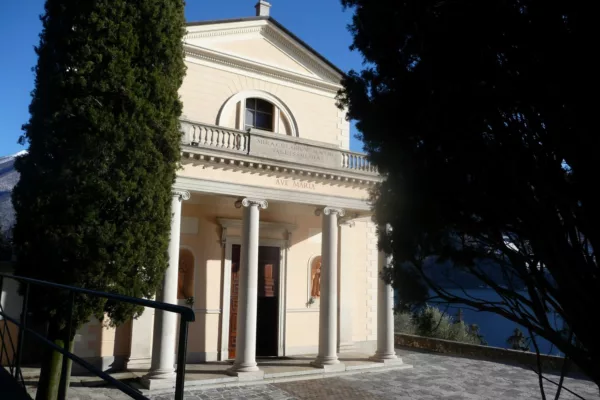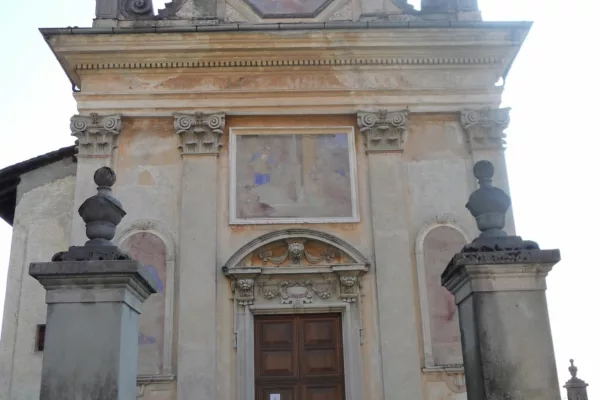Discover the sunny Valsolda Valley, a generous land that spans from Porlezza to the Swiss border. It has given birth to generations of migrant artists, such as the architect-artist Pellegrino Tibaldi and for years was home to the writer Antonio Fogazzaro who set his famous novel “The Patriot” here.
Route: Menaggio – Porlezza – Cressogno – Loggio – Puria – Dasio – Castello – S. Mamete – Oria -Albogasio – Menaggio 42 km
















